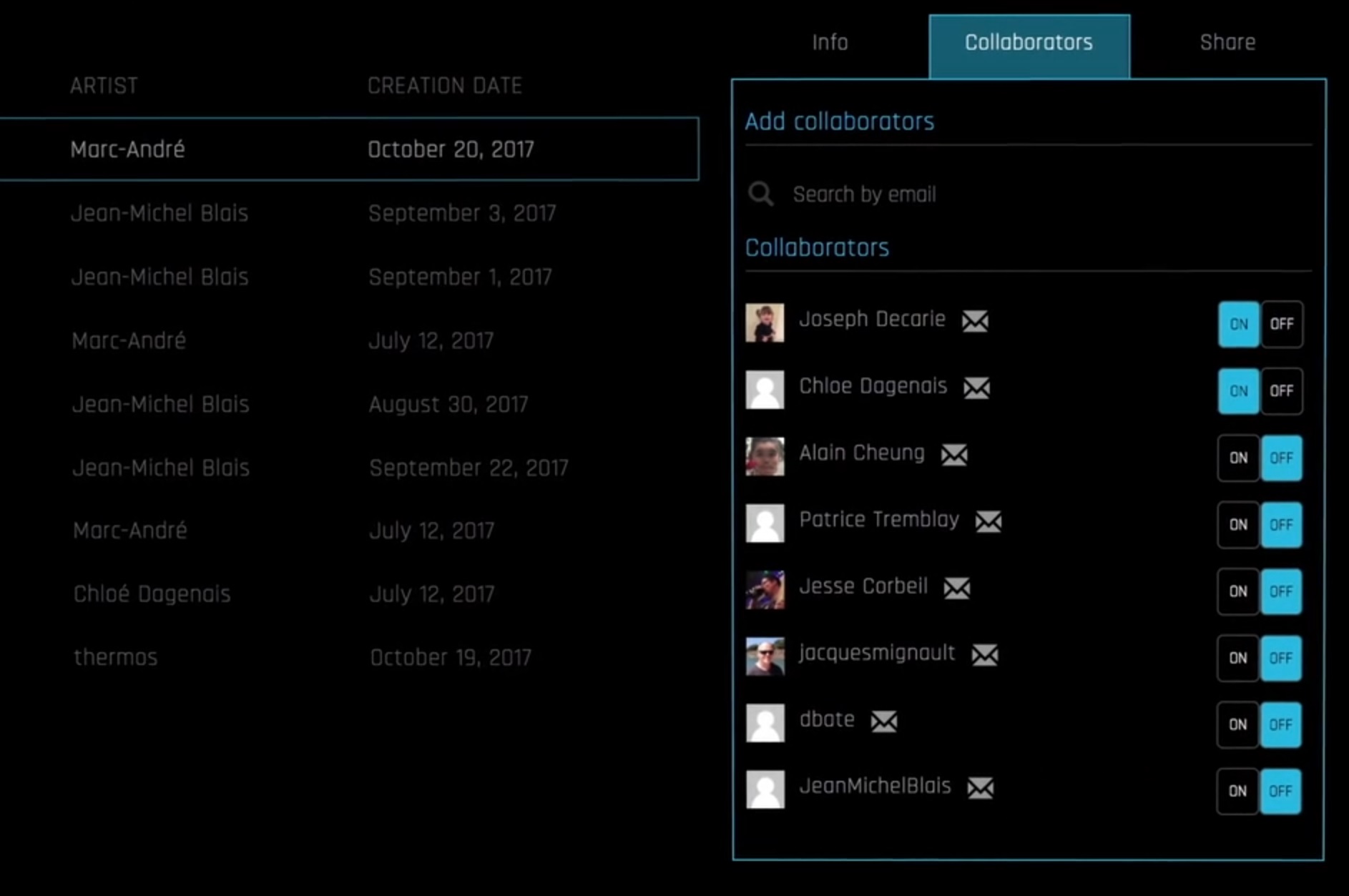A cloud-based music production suite with synths, drums, and effects.
A cloud-based music production suite with synths, drums, and effects, a digital platform that allows musicians and producers to create, record, and manipulate music entirely in the cloud. It includes virtual synthesizers, drum machines, and a variety of audio effects, all accessible through a web browser. Users can compose music, record audio, program drum patterns, and apply audio effects, with the option to collaborate with others in real-time. Cloud storage is often provided for storing project files, and the suite may also offer features like mixing, mastering, and the ability to export finished tracks for distribution.

Challenge
Skytracks.io is a cloud-based music production studio that provides a digital environment where musicians, producers, and audio engineers can collaborate, compose, record, mix, and master music entirely online. The following list describes some of the requirements of the solution:
-
Online Collaboration: The platform would offer real-time collaboration tools, allowing musicians and producers to work together remotely. This could include features like multi-user project editing, chat, and video conferencing.
-
Virtual Instruments: Skytracks.io provides a range of virtual instruments, including synthesizers, drum machines, and sample libraries.
-
Cloud Storage: Users have access to cloud-based storage for storing audio files, project data, and collaboration history. This ensures that their work is accessible from any device with an internet connection.
-
Digital Audio Workstation (DAW): The platform includes an integrated DAW that users can access directly from their web browser. This DAW offers audio recording, MIDI sequencing, audio editing, and mixing capabilities.
-
Effects and Processing: Users can access a library of audio effects, plugins, and processing tools to enhance their music productions. These may include EQs, compressors, reverbs, and more.
-
Sample Libraries: Skytracks.io provides a collection of sample libraries and loops that users can incorporate into their compositions.
-
Security and Privacy: Robust security measures would be in place to protect users' music and data. This includes encryption, access controls, and privacy settings.
-
Export and Distribution: The service provides options for exporting finished music tracks (as well as with video synchronization).
Solution
-
Define Vision and Goals:
- Clearly define the purpose and objectives of your cloud-based music studio. Determine the target audience, whether it's professional musicians, amateur artists, or both.
-
Infrastructure and Cloud Services:
- Select a cloud service provider (e.g., AWS, Azure, Google Cloud) based on your requirements and budget.
- Choose the appropriate cloud computing and storage services to host your studio components, such as virtual instruments, effects, and storage for music files.
-
Low-Latency Audio Streaming:
- Implement low-latency audio streaming solutions to ensure real-time interaction with virtual instruments and effects. Look into technologies like WebRTC or specialized audio streaming APIs.
-
Virtual Instruments and Effects:
- Develop or integrate a wide range of virtual synthesizers, drums, and effects into your platform. Ensure compatibility with popular digital audio workstations (DAWs) and MIDI controllers.
-
User Interface (UI) and User Experience (UX):
- Design an intuitive and responsive user interface that allows users to easily access and control virtual instruments and effects. Focus on an efficient workflow for music production.
-
Security and Privacy:
- Implement robust security measures to protect user data, music files, and sensitive information. Use encryption, access controls, and regular security audits to ensure a high level of security.
-
Licensing and Copyright Compliance:
- Clearly communicate licensing terms to users and ensure compliance with copyright laws and intellectual property rights. Implement content recognition and rights management systems.
-
Scalability and Performance:
- Design your cloud music studio to be scalable to accommodate varying levels of user activity. Implement auto-scaling and load balancing to maintain optimal performance.
-
Data Storage and Backup:
- Use cloud-based storage solutions to store user projects, audio files, and settings securely. Implement regular backups and disaster recovery plans to prevent data loss.
-
Integration and Compatibility:
- Ensure compatibility with a wide range of devices, operating systems, and DAWs. Provide plugins or APIs for popular DAWs to facilitate seamless integration.
-
Testing and Quality Assurance:
- Thoroughly test your cloud music studio to identify and fix any bugs, performance issues, or usability problems. Conduct usability testing with musicians and producers for feedback.
-
Cost Management:
- Monitor and optimize cloud infrastructure costs to avoid unexpected expenses. Utilize cloud cost management tools and best practices to control spending.
-
Documentation and Support:
- Provide comprehensive documentation and user support to assist musicians and producers in using your platform effectively.
-
Marketing and Promotion:
- Develop a marketing strategy to promote your cloud music studio. Consider partnerships with music industry influencers, artists, and organizations to gain visibility.
-
Feedback and Iteration:
- Continuously gather feedback from users and iterate on your platform to improve its features, performance, and user experience.
Result




